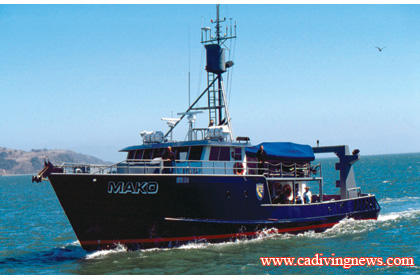The application of the Marine Life Protection Act to the coastline of California came one step closer to completion as the proposals for the area from Pt. Conception to the Mexican border were forwarded to the Fish and Game Commission for approval on December 9th. Over the next several months the merits of the proposals will be debated and final evaluations will be determined before the end of 2010. This third of four phases will be complete when late this year. The final work on the North Coast portion is just starting.
More than ever before, balancing the conservation goals against the socioeconomic costs of advancing protections has spawned significant controversy. As before, the Blue Ribbon Task Force (BRTF) took the three products of the conservation, fishing and cross interest work groups and rather than choose a recommendation from the user product, the BRTF chose to take portions from each and make sausage which it called the Integrated Preferred Alternative (IPA). In almost every case, the IPA created by the BRTF opted to protect the least amount of biomass with its choices. This seems incredibly inconsistent with a science-driven process, and with the goal of protected areas to be productive and create spillover into adjacent waters. As a conservation advocate, I am disappointed in the IPA. It is little wonder that it scored as poorly in the staff evaluations and failed to meet the science standards it insisted we apply in the working groups. I think it falls short of the Legislative mandate and is not what our children or grandchildren deserve. There are two other options that meet science guidelines.
The levels of protection assigned to geographies in the South Coast study region are significantly less than the North Central and Central Coast iterations of this process. It comes down to something like this: When times are good and people are feeling good, then conservation agendas and the opposition to the effects of conservation action are easier to promote. Political appointees in charge of those decisions have less criticism for whatever action they take. In tough economic times like we have today, it is very difficult to look out over a sea of people who are all suffering and try to advance the conservation agenda that does have socioeconomic consequences. There is no doubt in my mind that the reduced levels of protection we are going to see in the South Coast Integrated Preferred Alternative (compared to the central and north central preferred alternatives already finalized) are a direct consequence and a conscious decision of the members of the BRTF to fall short of the scientific guidelines. What is not being fairly valued in their decision is the economic cost of failing to preserve biomass and diversity.










